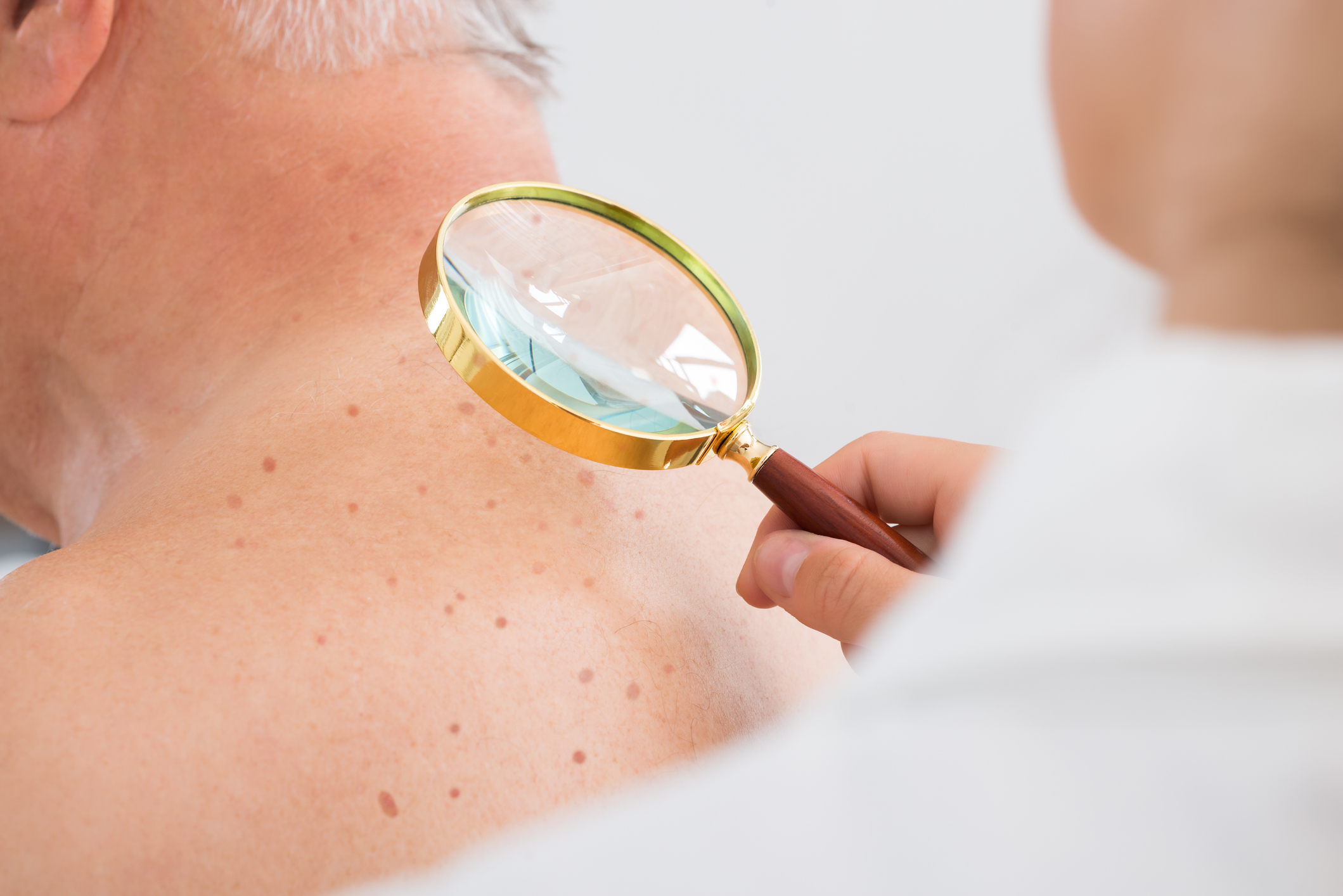Summer is in full swing and that means plenty of time spent outdoors soaking up the sun and warmth, but it’s also a season when the strong rays of the sun can cause damage without proper protection. Many older adults who grew up before it was fully understood that sun damage was linked with skin cancer are being diagnosed with melanoma of the skin, but the good news is that, if caught early, treatment and outcomes have significantly improved.
According to the Skin Cancer Foundation, 1 in 5 Americans will develop skin cancer by the age of 70 and it is estimated that the number of new melanoma cases diagnosed in 2019 will increase by 7.7 percent. However, the number of melanoma deaths is expected to decrease by 22 in 2019. And across all stages of melanoma, the average 5-year survival rate in the United States is 92 percent.
Although childhood sunburns significantly increase the risk for developing skin cancer, if caught early, melanoma is highly curable and new treatments including immunotherapy and targeted therapy have helped extend patients’ lives and even lead to long-term remission. Surgical practices in the removal of cancerous tumors have also improved greatly. Surgeons are now able to precisely remove cancer cells with smaller margins resulting in fewer stitches, smaller incisions and better recovery.
Newly approved melanoma drugs are gradually phasing out the traditional chemotherapy in favor of more effective approaches. Immunotherapy drugs like Ketruda (pembrolizumab) and Opdivo (nivolumab) use the body’s immune system to fight metastatic melanoma, extending the lives of patients with stage 3 and 4 melanomas. Targeted drugs attack mutations that cause cancer cell growth; the FDA has recently approved two drugs, Selboraf (vemurafenib) and Tafinlar (dabrafenib) to treat metastatic melanoma with the BRAF mutation.
In addition to wearing a daily sunscreen with an SPF of 15 or higher, all individuals should avoid indoor tanning which is classified as a moderate to high risk as a proven human carcinogen. It is recommended that everyone check their skin from head to toe each month to look for any changes. Any changes in existing spots, freckles or moles should be seen by a doctor. Learn how to perform a skin check at home by following this link to the Skin Cancer Foundation website.






Add Your Voice
0 Comments
Join the Discussion